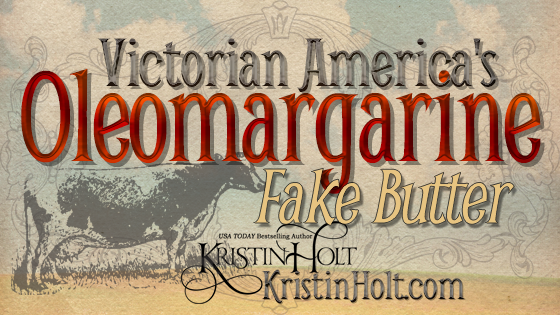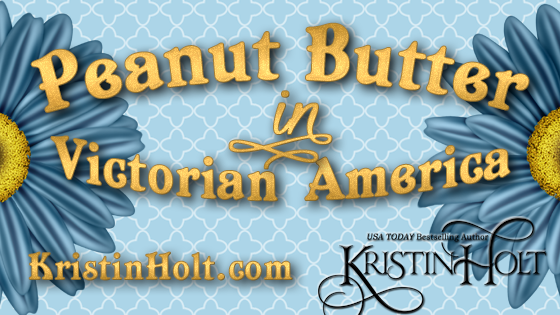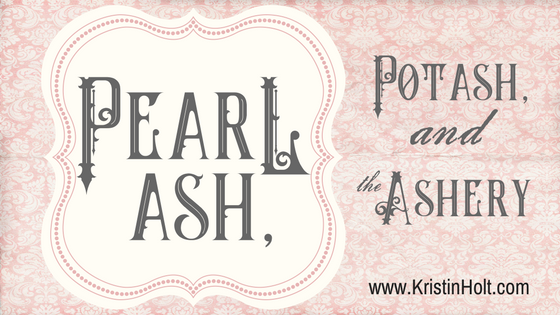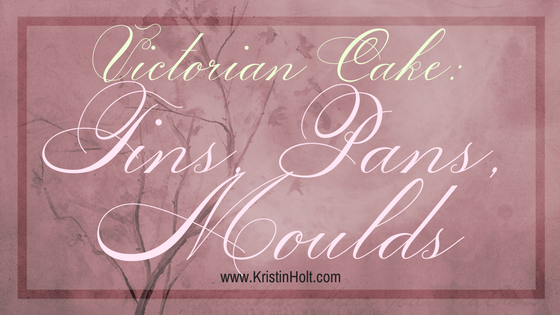
Victorian America’s Oleomargarine
Oleomargarine–a Victorian invention?
Yes! But why? And how?

Oleomargarine–a Victorian invention?
Yes! But why? And how?

Today, January 24th, is the United States’ National Peanut Butter Day. On March 1st, calendars declare the day National Peanut Butter Lover’s Day.
Who first invented peanut butter? Doctors worried about elderly patients’ nutrition, right? Sometime in the nineteenth century?
Uh, no. Not exactly.
But peanut butter–an “All American” spread–was enjoyed by our Victorian-American ancestors. Read vintage articles instructing knowledgeable housewives of the many dietary uses of the peanut, vintage recipes instructing the proper making of “peanut paste”, the inclusion of pulverized peanut (paste, flour, finely chopped), and ultimately, advertised brands to buy at their grocers’ markets.

While researching dentistry in 1890 for an accurate setting for my title, Isabella’s Calico Groom, I was quite surprised by how advanced and “modern” (by today’s standards) dentistry was. Significant advances in dentistry had occurred in the previous decades, making dentistry truly “modern” compared to patients’ previous experiences. The sheer quantity and magnitude of improvements in dentistry qualify dentists of the 1890s to claim “Modern Dentistry” in their advertisements.

I’ve recently covered leavening agents in Victorian Baking, including saleratus and baking soda (let’s not confuse salsoda!). But what of the “pearl ash” noted in early American cook books (1796)? Asheries were a significant part of 19th century life, as ashes (can you imagine?) were a significant export from the United States and Canada. Come see what pearl ash was, how it was made, and what an ashery was all about.

Cake tins are often mentioned in Victorian-era Cook Books (as spelled in nineteenth century publications). This post provides historic images of this era’s baking pans from both newspaper advertisements and catalog ads (such as Sears and Montgomery Ward’s catalogs).
Many of the shapes and sizes are familiar to today’s baker’s options, and several have disappeared in the intervening years. My greatest surprise is the SIZE of Victorian cake pans. Compare to today’s, and see what I mean!